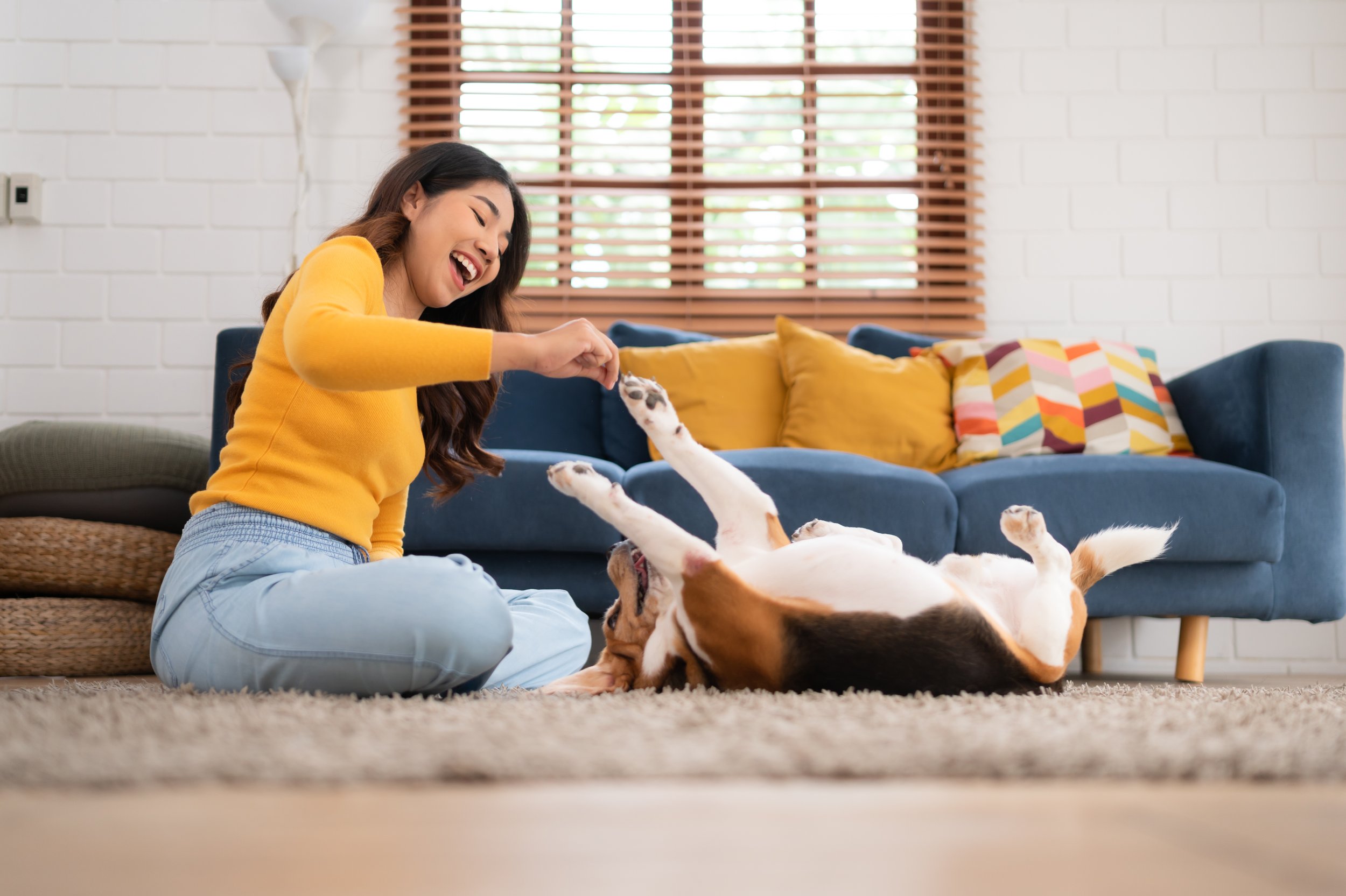
pasecrets.com – Bringing a new pet into your home is an exciting time, but it also comes with responsibilities. One of the most important tasks is to ensure that your home is safe for your new furry friend. Pet-proofing your home is essential to prevent accidents and injuries, as well as to protect your belongings from pet-related damage. This article will guide you through the steps to create a safe and welcoming environment for your pet.
Step 1: Remove Hazards
The first step in pet-proofing your home is to identify and remove potential hazards. This includes:
- Toxic Substances: Store chemicals, medications, and toxic plants out of reach.
- Small Objects: Keep small items that could be swallowed off the floor.
- Electrical Cords: Secure cords with cord covers or tape them down to prevent chewing.
- Trash: Use pet-proof trash cans to keep pets from rummaging through garbage.
Step 2: Pet-Proof Your Furniture and Flooring
Pets can be tough on furniture and flooring. To protect these areas:
- Scratching Posts: Provide appropriate scratching posts to redirect your cat’s scratching behavior.
- Furniture Covers: Use pet-friendly furniture covers to protect upholstery.
- Flooring: Consider durable flooring options that are resistant to scratches and stains.
Step 3: Secure Windows and Doors
Windows and doors are potential escape routes for pets. To ensure their safety:
- Window Screens: Install pet-resistant screens to prevent falls from open windows.
- Door Barriers: Use baby gates or pet doors to restrict access to certain areas.
- Escape-Proofing: Ensure that all doors leading outside are secure and that pets cannot slip out.
Step 4: Pet-Friendly Plants
If you have plants in your home, make sure they are pet-friendly:
- Research: Look up which plants are toxic to pets and remove them from your home.
- Alternatives: Replace toxic plants with pet-safe varieties.
Step 5: Create a Comfortable Space
Pets need their own space where they can relax and feel secure:
- Bedding: Provide comfortable bedding in a quiet area of your home.
- Toys: Keep a variety of toys available to keep your pet entertained.
- Feeding Area: Designate a specific area for food and water bowls, away from high-traffic areas.
Conclusion
Pet-proofing your home is a crucial step in ensuring the safety and well-being of your pet. By removing hazards, protecting your furniture and flooring, securing windows and doors, choosing pet-friendly plants, and creating a comfortable space, you can create an environment where your pet can thrive. Remember, a little preparation can go a long way in preventing accidents and creating a happy home for both you and your pet.


